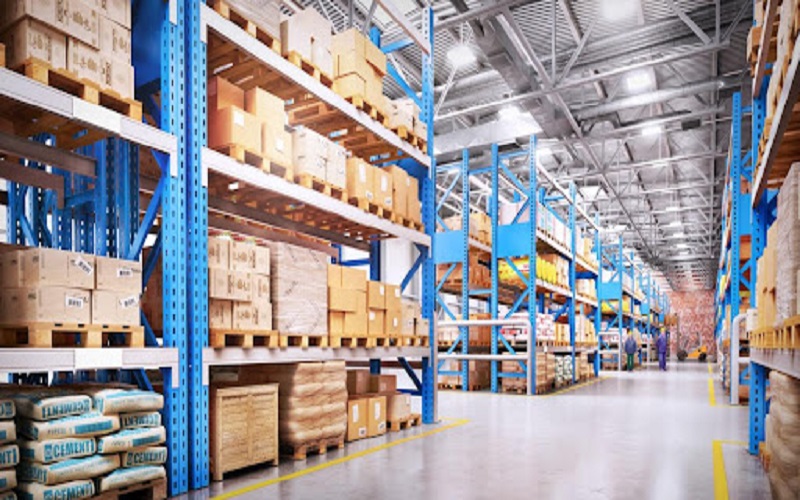When you’re interested in getting the most from your warehouse, you need to keep it neat, organized and well-managed. This is useful for several reasons, not the least of which is that your workplace becomes safer.
The private industry reported more than 2 million non-fatal injuries in a recent year.
If you’d like to do your part to curb injuries and make your workplace more efficient, warehouse organization is key.
The tips below are useful when you’re looking into warehouse layout optimization and want to get the best results.
Start With the Right Type of Layout
The first step you need to take is to make sure that you have the best layout for your warehouse needs. There are a variety of layouts that you can take advantage of.
L-Shaped warehouse layouts separate the dispatch location from the reception area. They are on opposite sides, with the adjacent corridor housing storage, office space, information technology (IT), and any other needs you have.
I-Shaped warehouse layouts separate the receiving and dispatch locations on opposite wings of the building. Storage, office space, and other work areas separate them along the middle.
U-Shaped warehouse layouts keep your loading and unloading locations along the same areas.
Figure out which works best for your workplace and create the right layout.
Find the Best Storage System
Your warehouse also requires the right type of storage system. You have plenty of options, and many warehouses choose to stack vertically.
They do this by installing tiered rack systems that are supported by a well-built structure. Doing this will require the use of forklifts and other tools. Choosing a quality racking system will let you keep your items in the right areas, properly labeled, and organized how you need them.
If you’re looking for quality storage solutions, you can see more here.
Research Your Workflow and Product Usage
It’s also important that you figure out the ideal workflow and product usage for your warehouse. Study the logistics of your company to figure out the ideal ways to arrange the layout.
Use warehouse analytics software that lets you know the frequency of your deliveries, shipments, and returns. Stay how many people you have working in these departments at any given time, and use the information you glean to come up with your layout.
Study Maps and Renderings
It’s best that you research renderings, maps, and layouts that other companies have used in their warehouses. This gives you a starting point and lets you know what’s possible.
The warehouse optimization professionals that you decide to do business with can show you examples of their work so that you can make the best possible selections.
Warehouse Layout Optimization Tips
The tips above are helpful when you’re figuring out your warehouse layout optimization needs. Figuring out your warehouse layout and workflow will make so much of your job easier.
Utilize these suggestions as you hire a company that can assist you further.
Bookmark our website and check out our other articles related to warehouse management.

